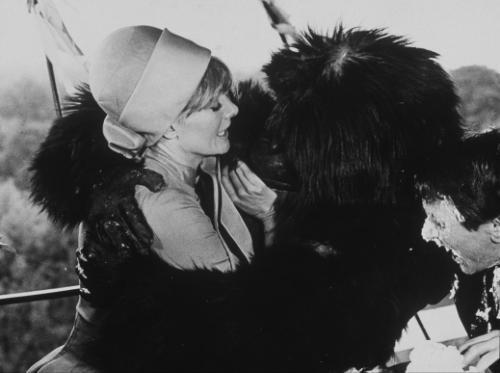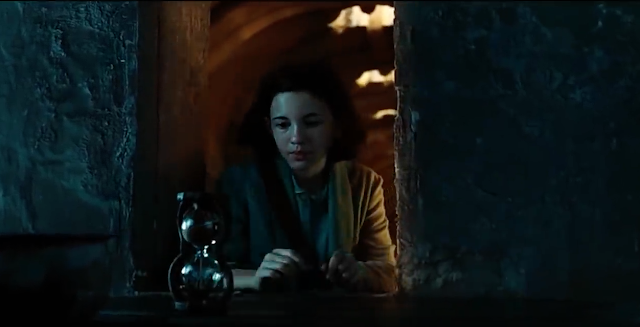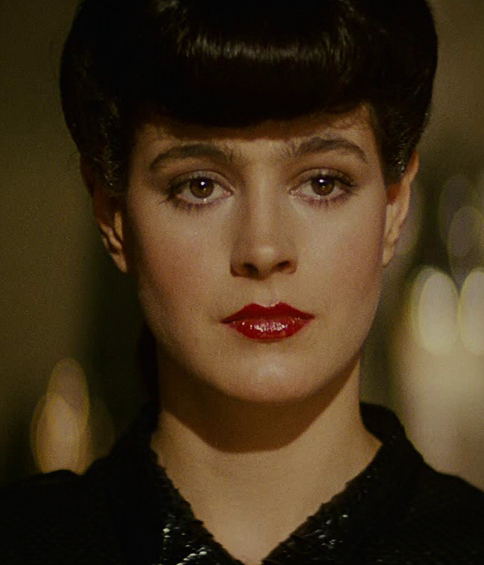Cinrmatic/Narative ideas
In "Elephant", the lack of dialogue focusses the audience's attention on the action an means that the mise-en-scene is dragged to the centre stage. I will use this technique by having no dialogue, this will both heighten the effect of my chosen mise-en-scene but adds to the naturalistic social realism in the film: if a man is alone in a forest, he wouldn't talk for the sake of the camera. "Elephant" also heavily featured the Steadicam tracking shot, which I will also use as the man walks through the forest because I felt that the technique was extremely effective in focussing on the characters emotions, it will be easier to show the man's transformation using this technique.
In "La Jetee" there is an overwhelming use of stills, which highlighted the mise-en-scene and emphasised the event being portrayed in each shot. In "Naturity" I will use a series of stills to show the final moment where the ape is finally free, emphasising the importance of this last action and then leaving the last still on screen as the closing music begins to play.
In "When the day breaks", animals are use to represent humanity, and I will use this metaphor and change the animation to live action, as a part of the rebirth narrative. Using the ape I will be able to expose how unnatural human behaviour is by how unnatural an ape seems in an urban habitat.
In "High maintenance" there is a major narrative twist that commenced quite close to the end of the film. In "Naturity" I will feature a straight forward simple narrative following a single character then just before the end will feature the twist of that character metamorphising into an ape, in a shocking twist to the narrative.
Another major influence on the film is the use of the Ape suit in "Morgan: a suitable case for treatment", which uses the ape as both a physical suit and as a metaphor over the animalistic qualities of man and how the urban life would drive an animal insane. The idea of the ape in an urban setting is very influential to "Naturity", a film which uses an environmentally friendly message instead of a communist one; both with the same common enemy of capitalism. The final scene of "Butch Cassidy and the Sundance kid" ends with a freeze frame immortalising the two outlaws in their glorious pride opposed to their gruesome death which followed almost immediately. In "Naturity" the final image will be the same to show his glorious form and I will trial an alternative ending where there is gunfire after the image appears to see whether it helps the anti-capitalist climate denying message. "Leave no trace" is shot like an independent film, with lots of eyelevel shots in the wilderness, the opening sequence in the forest will inspire some of the shots that I use when the man is walking through the forest.




Comments
Post a Comment